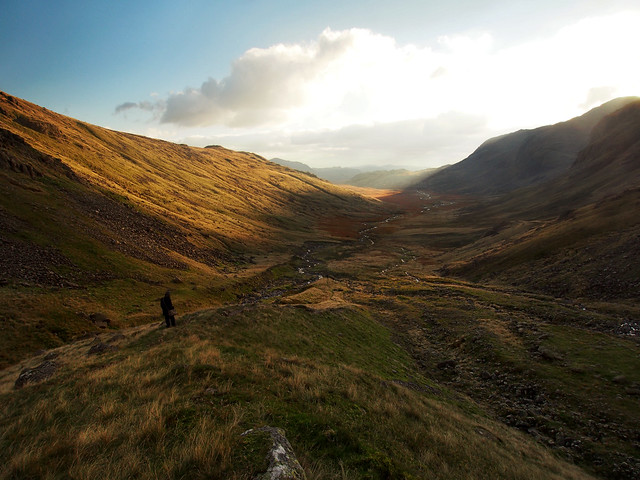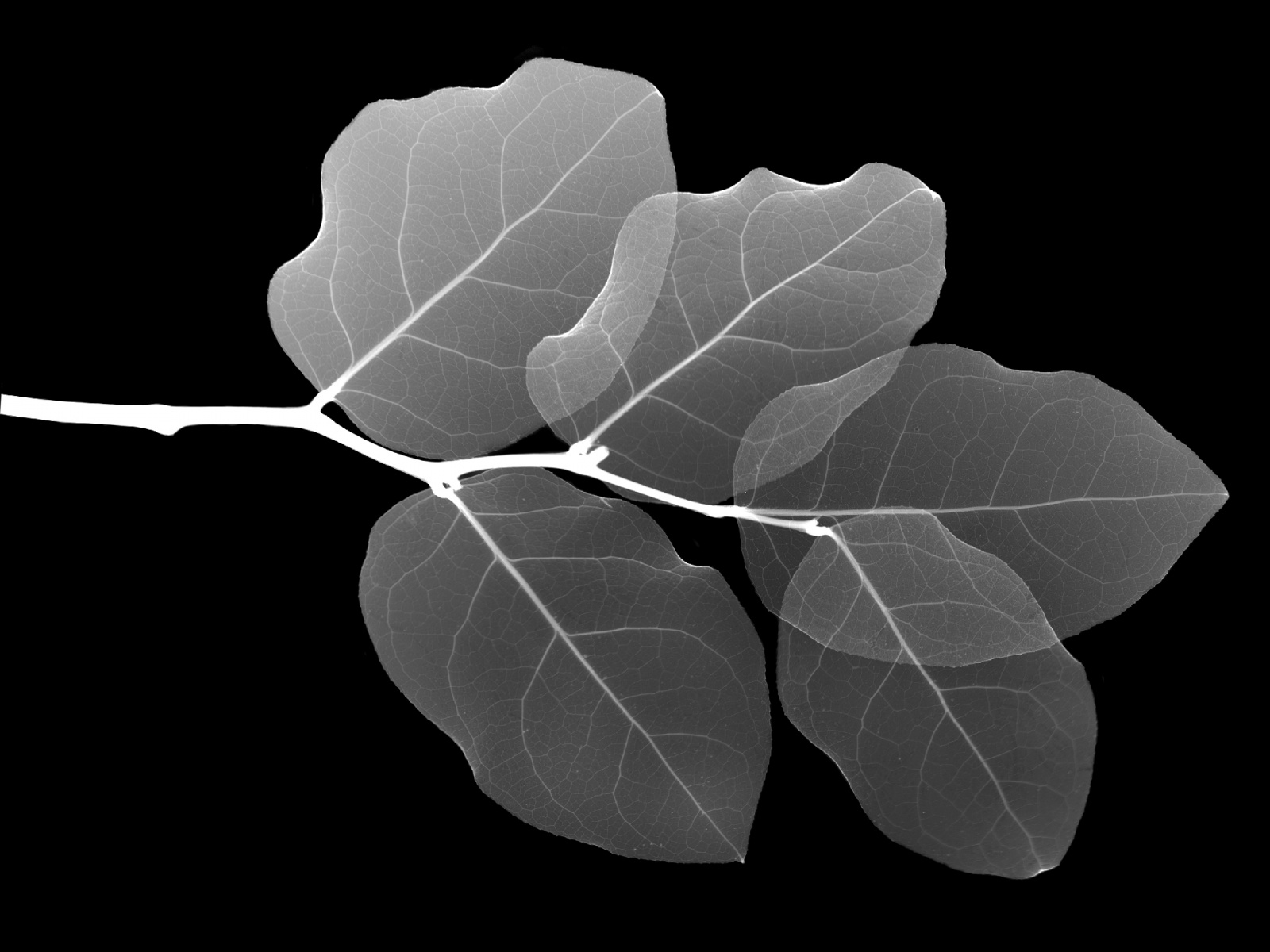LPX-Mv1
The Land surface Processes and eXchanges (LPX) model is a fire-enabled dynamic global vegetation model that performs well globally but has problems representing fire regimes and vegetative mix in savannas. Here we focus on improving the fire module. To improve the representation of ignitions, we introduced a reatment of lightning that allows the fraction of ground strikes to vary spatially and seasonally, realistically partitions strike distribution between wet and dry days, and varies the number of dry days with strikes. Fuel availability and moisture content were improved by implementing decomposition rates specific to individual plant functional types and litter classes, and litter drying rates driven by atmospheric water content. To improve water extraction by grasses, we use realistic plant-specific treatments of deep roots. To improve fire responses, we introduced adaptive bark thickness and post-fire resprouting for tropical and temperate broadleaf trees. All improvements are based on extensive analyses of relevant observational data sets. We test model performance for Australia, first evaluating parameterisations separately and then measuring overall behaviour against standard benchmarks. Changes to the lightning parameterisation produce a more realistic simulation of fires in southeastern and central Australia. Implementation of PFT-specific decomposition rates enhances performance in central Australia. Changes in fuel drying improve fire in northern Australia, while changes in rooting depth produce a more realistic simulation of fuel availability and structure in central and northern Australia. The introduction of adaptive bark thickness and resprouting produces more realistic fire regimes in Australian savannas. We also show that the model simulates biomass recovery rates consistent with observations from several different regions of the world characterised by resprouting vegetation. The new model (LPX-Mv1) produces an improved simulation of observed vegetation composition and mean annual burnt area, by 33 and 18% respectively compared to LPX.
Cite By |
Year |
|
|---|---|---|
Improved simulation of fire–vegetation interactions in the Land surface Processes and eXchanges dynamic global vegetation model (LPX-Mv1) |
14 | 2014 |
| DI Kelley, SP Harrison, IC Prentice | ||
| Geoscientific model development 7 (5), 2411-2433 | ||
| more info | ||
| Generated using scholar packages: | ||
| Keirstead , James ( 2015 ), scholar: analyse citation data from Google Scholar , R package version 0.1.4 , http://github.com/jkeirstead/scholar | ||
| and | ||
| googleScholarGrab version no. c30b66a | ||
| extracted from Douglas Kelley 's google scholar on Tue 07 Feb 2017 21:52:29 |


